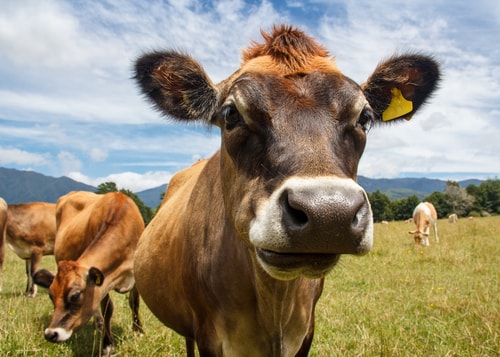Facility will be in Hagerstown
By Diego Flammini, Farms.com
Hagerstown’s Four States Live Stock Sale has been approved as an official tagging facility by the Maryland Department of Agriculture, allowing the auctions to apply official identification to the livestock. A practice that the USDA’s Animal Disease Traceability Rule deems necessary.
The tagging practices are designed to be able to identify any animals quickly should an outbreak occur, and to release healthy animals from outbreak investigation. The rules apply to all animals except feeder beef breeds (feeder beef breeds could be included in the future.) Animals moved interstate to another approved tagging facility are exempted from the tagging requirements as long as they’re identified upon arrival.

Certified tagging sites can also accept animals arriving from other states without a veterinary inspection. Tagging facilities can charge for services, but Four States currently offers the service free of charge.
Other tagging facilities in Maryland include the Westminster Livestock Auction in Carroll County and the Grantsville and Friends Livestock Auctions in Garrett County.
The Maryland Department of Agriculture also extended the Pesticide Usage Survey deadline to Saturday, August 15th.
“This crucial data will help agriculture and industry professionals understand what is being used, and it will provide public and environmental health experts with information that can help them focus their research and monitoring efforts,” said Agriculture Secretary Joe Bartenfelder.
New for the survey are questions relating to the time of year the pesticide was used and which crop was targeted for the application.
Completion of the survey is voluntary but high response rates are important to ensuring the data is as accurate as can be before it’s sent to the National Agricultural Statistics Survey.
They’ll be contacting people after August 15th who haven’t completed the survey.